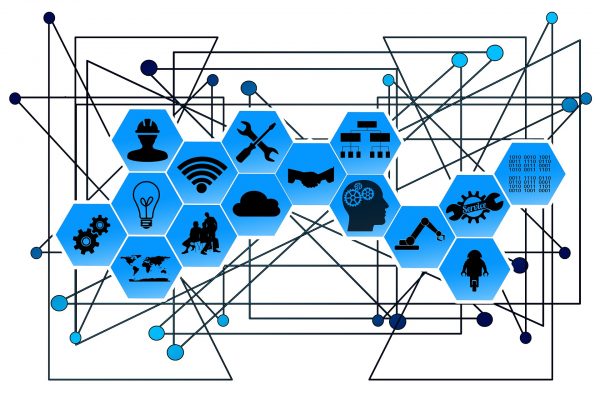

APIs have a positive impact on economic growth.
APIs enable different applications, systems and platforms to connect, perform a variety of tasks such as transactions, data exchange and synchronization, and report on common system performance. They are a set of software modules, tools and protocols that enable two or more platforms, systems and applications to communicate and initiate tasks and processes, including the definition and customization of graphical user interfaces (GUIs).
By integrating multiple databases, applications, and platforms. APIs are a powerful catalyst for starting new businesses, defining existing strategies for new product innovation, and redefining an entire enterprise. APIs are the glue that makes start-ups flourish. Most widely used APIs include Amazon Web Services (AWS), Simple Storage Services (Amazon S3) and FedEx Web Services API, United Parcel Service API and Pitney Bowse`s API for logistics. In addition, D&B Direct, Experian Connect API, and the popular Salesforce APIs enable the distribution of millions of products per day, as do Twilio Notify`s APIs and Box APIs, which streamline cross-departmental integration between departments and platforms.
The article by Deloitte Insights, API imperative: Form the IT department to the business mandate, how APIs enable organizations to achieve greater agility, speed, and scalability while pursuing new business initiatives. APIs free companies from the constraints of legacy IT and enable more efficient integration of suppliers, partners and distributors outside their organization.
The following video illustrates the architecture of an API platform:
Where APIs will revolutionize Configure Price Quote (CPQ) and product configuration.
Closing the gap between what production delivers and what distribution can sell will lead to more sales success. A smart approach to solving this problem is to use APIs to create greater system and process integration across PLM, ERP and CRM systems. For CPQ, Configuration Lifecycle Management (CLM) and Production Configuration, whose success depends heavily on how well networked these areas are, the more a company wants to sell, the more urgent this issue becomes.
The potential to revolutionize product configuration with APIs is huge. Since product configuration is based on a variety of systems, databases and processes, it is the APIs that have been developed to solve them.
Here are some types of APIs that will revolutionize product configuration in 2018:
APIs are driving a revolution in Configuration Lifecycle Management.
Cloud-based APIs move toward greater predictive and cognitive intelligence. An important catalyst for this development is the fact that integrated APIs today work excellently with Machine Learning systems and platforms. Machine learning plarforms also provide comprehensive APIs for CPQ and CLM systems. As these developments are expected to continue, binary commands that enable greater predictive and cognitive intelligence will directly benefit from CPQ and CLM strategies.